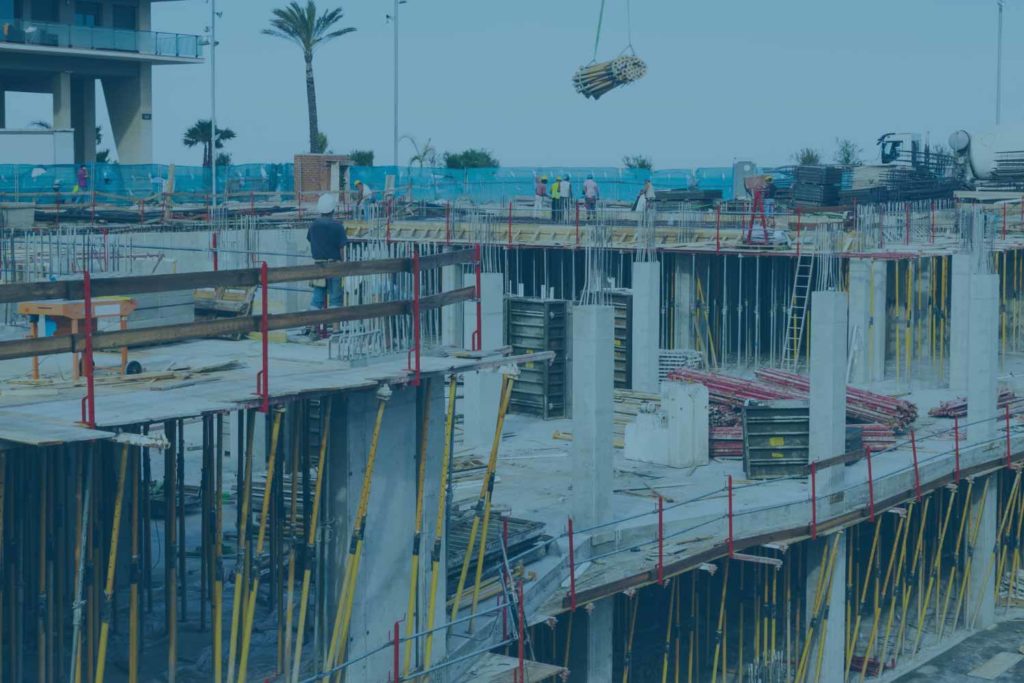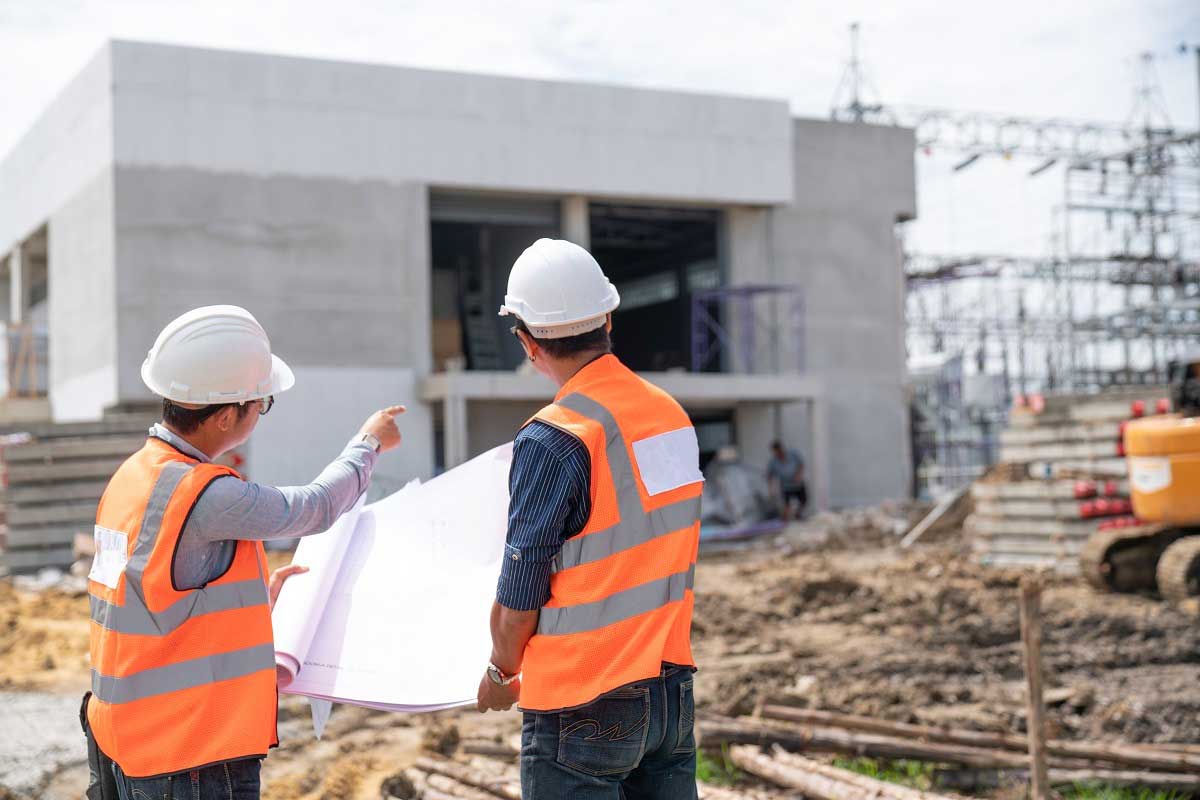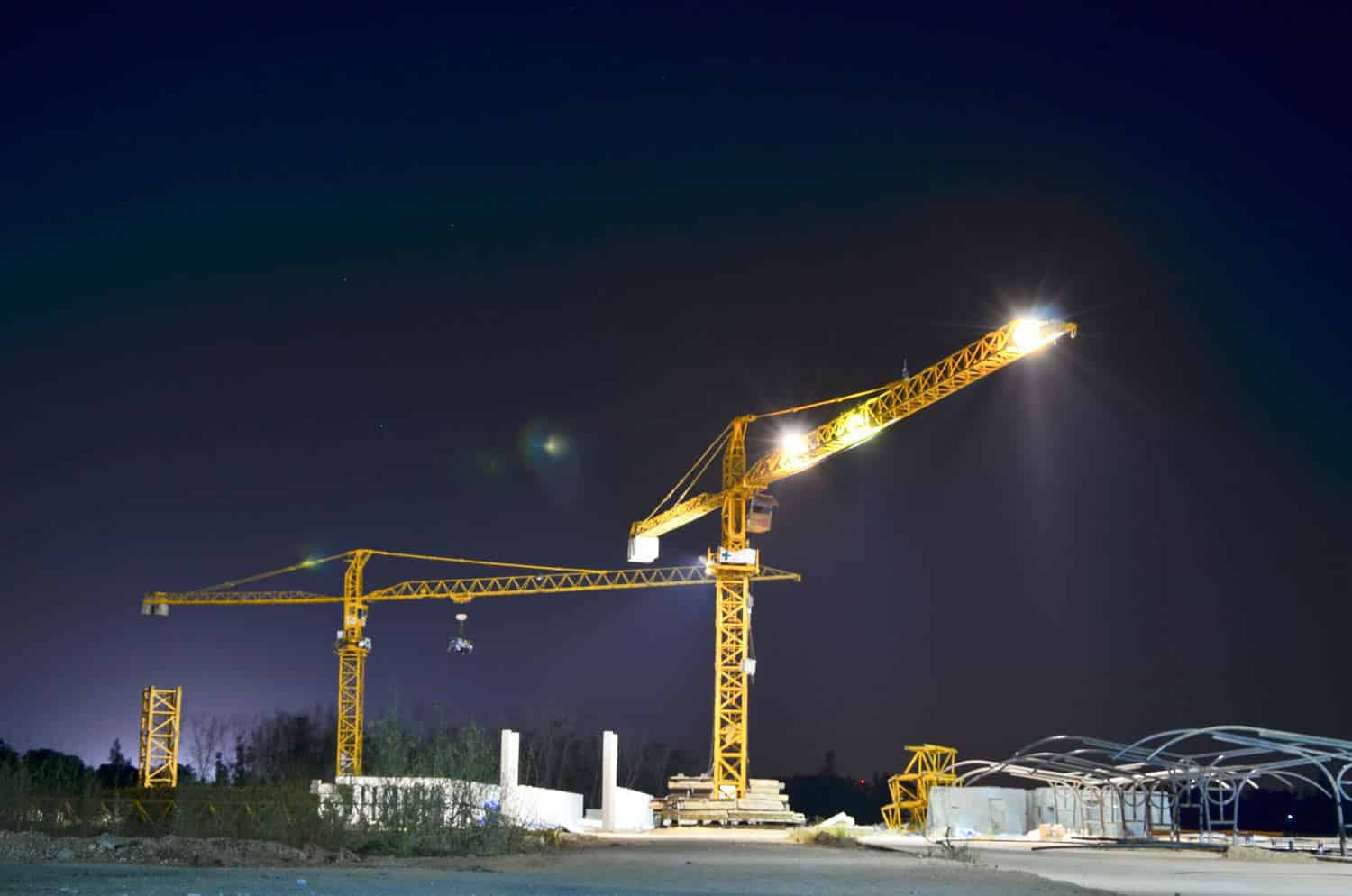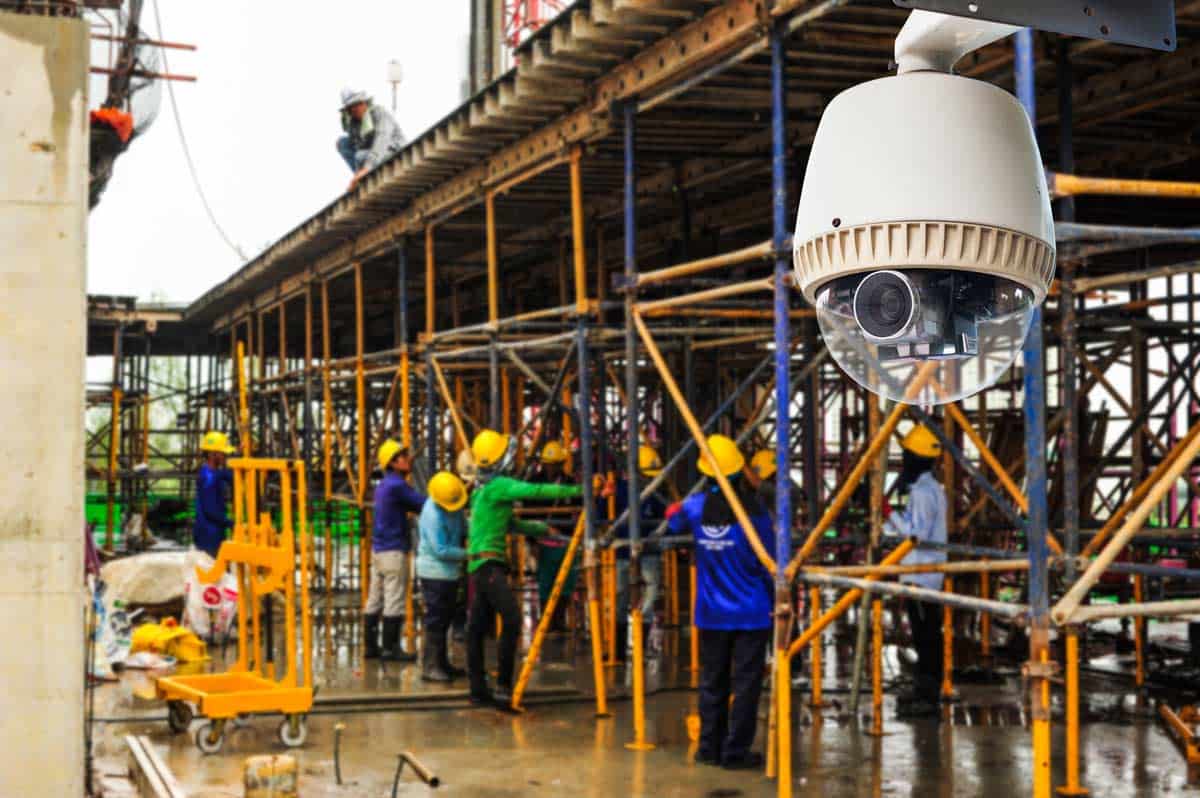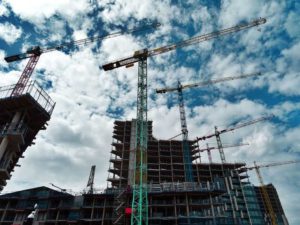With material costs increasing dramatically, job site security is more important than ever. But is this something that can be achieved simply by having surveillance cameras everywhere around a work site? No; job site security must be built in to any building project from top to bottom.
7 Building Site Security Tips (Recommended By Surveillance Experts)
Theft has become a major externality on the American job site, in addition to the cost of labor and materials. The expense of theft has also grown, now valued at $400 million annually in the United States. Many of the stolen items on a construction job site fall into the category of an insurance deductible. This means that contractors pay the brunt of these costs.
How can companies improve their construction job site security? Here are our top seven suggestions to help you lower the high costs of building site theft:
1. Start with a job security checklist.
Having a written building site security plan is the first step toward preventing loss. The elements of a good plan should include:
-
A map of the site location with all the boundaries and nearby properties.
-
The estimated start and end dates along with the work plan.
-
Contact details for site security manager(s) with instructions on who to reach out to for 24/7 access.
-
A list of your proposed security elements, including job site surveillance, fencing, and more.
-
Contact details for everyone involved in the construction job.
-
Backup plans for no-power scenarios if electricity is compromised.
-
An inventory list of tools, materials, and machinery.
This plan shouldn’t be stuck in a notebook, either, but should be posted where multiple managers can access the information. Consider placing informational signs and warnings at strategic locations. Spell out the penalties for trespassing. Tell potential intruders that you’re watching with video surveillance. Also, identify hazards with signage. Clearly reminding potential trespassers of the criminality of entering the building site could be all the deterrence you need.
2. Hire well and carefully.
Conducting due diligence on employees, sub-contractors, and suppliers is important. Your goal is to know the teams that have access to the building site. Check references with an eye toward honesty and safety consciousness. Get a list from your sub-contractors on who they will be bringing to the project. Know these teams, but also shore up your knowledge by monitoring everyone on a worksite with video surveillance tools.
3. Establish building site security rules.
In the same way you train teams on building site safety, you should also talk openly about construction job site security. Tell your workforce to be on the lookout for theft. Create a culture where reporting site security incidents is a part of the job. Train everyone, including your sub-contractors, in reporting procedures for construction job site security incidents. You should keep a record of all of these incidents. This helps with police investigations should anything go wrong. It also can help you spot patterns of suspicious activities.
4. Improve your lighting across the building site.
Crime is an activity centered around your vulnerabilities. Lighting is the kryptonite that stops crime in its tracks. If your construction site has pools of darkness at night after teams have left, those are your vulnerable areas. You can shore up lighting or add job site surveillance cameras with audible and visual deterrents to prevent crime.
Lighting should be at entrances and exits. Lighting the perimeters can even help a pedestrian walking by the site notice that something is going on. Lighting expensive machinery and supplies eliminate hiding places for criminals. We also recommend motion lights with video surveillance that can ping the smartphone of your security manager and tell them something is awry.
5. Secure the perimeters and use gates to control access.
An open job site is an invitation to thieves and vandals, period. Job site security requires fencing and barriers around the entire perimeter. The fencing you choose should be high enough to make it harder to breach. It should be strong with no gaps under or between fence panels. This fencing should be regularly monitored to be sure it remains intact.
Also, consider interior fencing around supplies or tools. Equipment corrals can include heavy machinery whose parts are so often targets of theft. Anything high value should have redundant systems to protect them from theft.
The number of entrances into the site should be monitored either by job site surveillance, guards, or 24/7/365 virtual security guard services. Having mobile security cameras watched carefully by a remote security team is a cost-effective way to have eyes-on building site security at all times.
6. Valuable equipment should be inventoried and secured.
Employee theft is a multi-million-dollar problem, so take the time to inventory and secure tools. Set up a checkout system monitored by a responsible party.
For external threats, consider chaining smaller equipment together in a “wagon train.” You can place smaller equipment such as generators or compressors in the middle. Encircle them with heavier equipment that’s harder to move. Even small job site security efforts, such as locking gas caps, can also cut down on crime. Add GPS tracking devices to expensive heavy equipment. Also, do spot security checks regularly.
But don’t forget about lumber, since the cost of wood has gone up by around 300% recently. That’s made lumber theft the newest hot commodity for criminals. There’s been a massive uptick in lumber thefts. That, coupled with an increasing number of new home builds, creates new vulnerabilities for construction job site security.
7. Increase your job site video surveillance.
Job site security hinges on your ability to observe what’s happening. Since security guards can’t be everywhere at once, having job site surveillance with video cameras is critical. Today’s job site security systems are smarter, more mobile, and less expensive than in the past. Some of the options offered include:
-
Wireless cameras with solar power that can be placed even in the most remote locations
-
Visual and audible deterrents that can sound alarms or pre-recorded messages or shine lights on trespassers.
-
Remote video security teams to watch your site through the eyes of your job site surveillance cameras.
True job site security starts with a free consultation from Pro-Vigil. If you’re worried about the high cost of construction site theft, stop. Call us for peace of mind.

